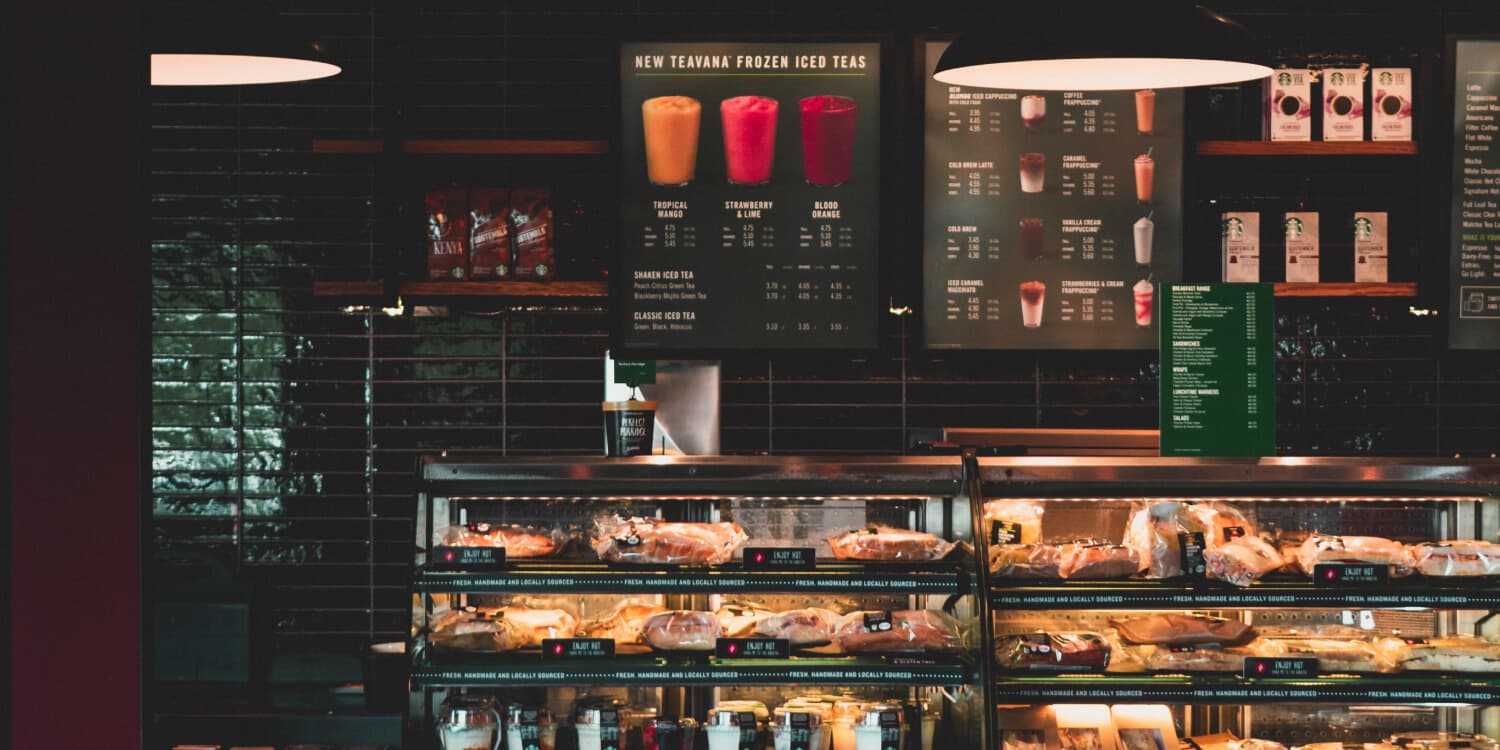
The end of champagne as we know it?
Moët & Chandon, Dom Pérignon, Laurent-Perrier and other world-class producers of champagne can no longer use this term to label their products in Russia. The new law passed on 2 July 2021 has caused a considerable upheaval among champagne producers but also consumers. Our legal team has taken a closer look into this dynamics of using geographical indicators.




